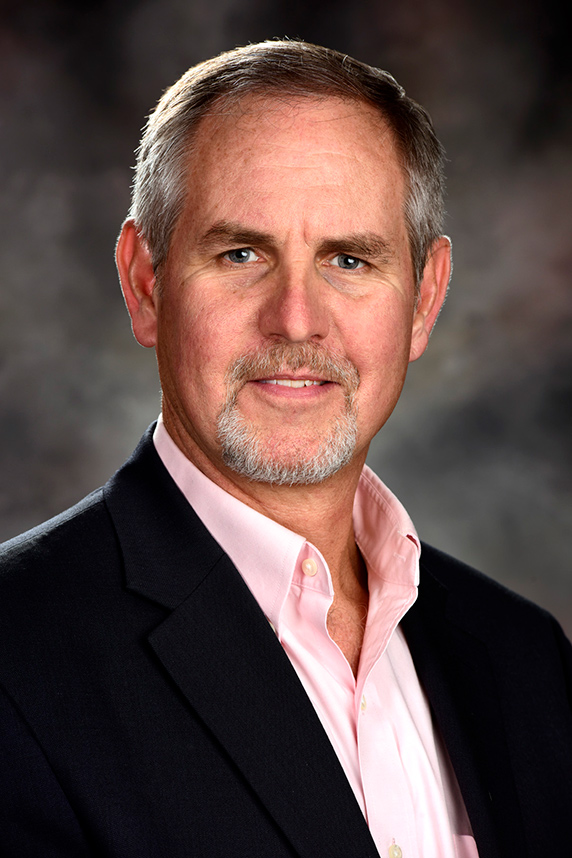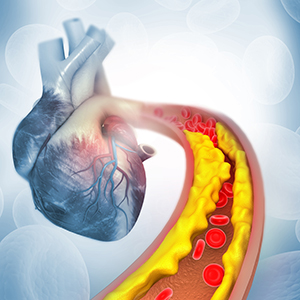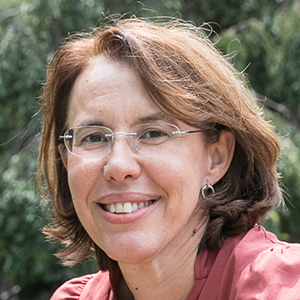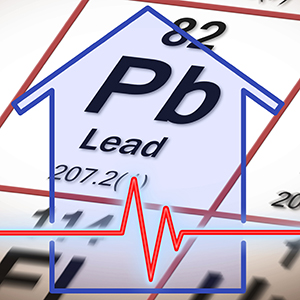Seeking to improve the cardiovascular safety of pharmaceuticals, the National Toxicology Program (NTP) partnered with the nonprofit Health and Environmental Sciences Institute (HESI) and the Food and Drug Administration (FDA) Center for Drug Evaluation and Research (CDER) in a new memorandum of understanding (MOU).
 Berridge joined NTP as associate director in January 2018. (Photo courtesy of Steve McCaw)
Berridge joined NTP as associate director in January 2018. (Photo courtesy of Steve McCaw)Detecting unintentional harm to the cardiovascular system from pharmaceuticals is a public health concern and a critical element in drug development, according to HESI’s Cardiac Safety Technical Committee . A drug designed to alleviate pain should not increase the risk of heart attack.
“We want to develop efficient and novel approaches to identifying potential hazards associated with drug candidates and environmental agents,” said Brian Berridge, D.V.M., Ph.D., NTP associate director. “There is a clear value proposition for us all from formalizing the partnership.”
The three organizations will mobilize experts in toxicology and risk assessment to pinpoint, characterize, test, and validate new hazard identification approaches. By doing so, they will take advantage of collective resources to achieve common scientific and public health goals.
Toxicities in drug development
Projects developed under the MOU, which is set to run initially for three to five years, will align environmental toxicology interests with the FDA’s process for determining drug safety.
“Investigating toxicities in drug development is a new area for NTP,” Berridge pointed out. “It’s always been within the scope of our responsibility, but it’s different than what the program has historically done.”
NTP will soon hire two new postdoctoral fellows to work on MOU-related projects.
More human relevance, less animal dependence
Pharmaceutical development is a lengthy and expensive process, potentially taking a decade and billions of dollars to develop one new drug. Toxicological testing is an important component of product development and a common reason for drug development failure.
Projects initiated under this MOU will aim to decrease reliance on animals for testing. Animal toxicology studies are costly, time-consuming, and inconsistently predict human health outcomes.
Projects will also aim to build a collection of assays that more precisely identify the potential for cardiovascular harm in people from pharmaceuticals.
“We need new technologies in drug-safety assessment and environmental-hazard characterization that bring more human relevance to the process,” said Berridge. “For example, at NTP, we’re going to focus on human cardiovascular health as one of three primary health endpoints, with the others being cancer and developmental toxicity.”
Moving toward predictability
The MOU also aligns with NIEHS’ broad goal to advance the environmental health sciences through the application of predictive toxicology methods, such as the Tox21 program.
“Our unique partnership can and should be a model for how we collaboratively innovate the way we do toxicology and biomedical research generally,” said Berridge.
The ability to predict or discover a harmful side effect from a new drug as early as possible serves public health and may reduce research, regulatory, and policy challenges for pharmaceutical development.
(Carol Kelly is a technical writer and editor in the NIEHS Office of Communications and Public Liaison.)









